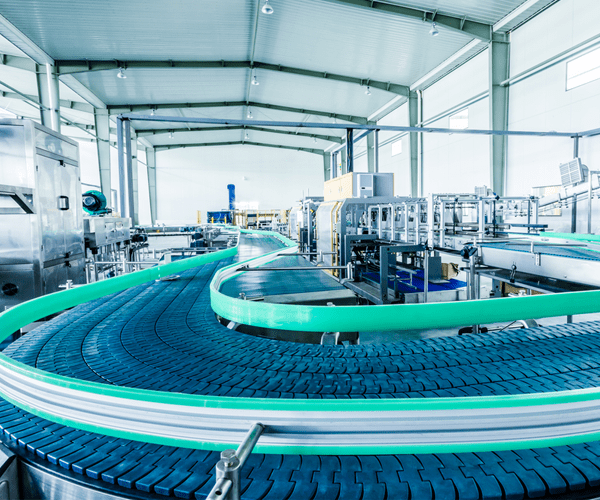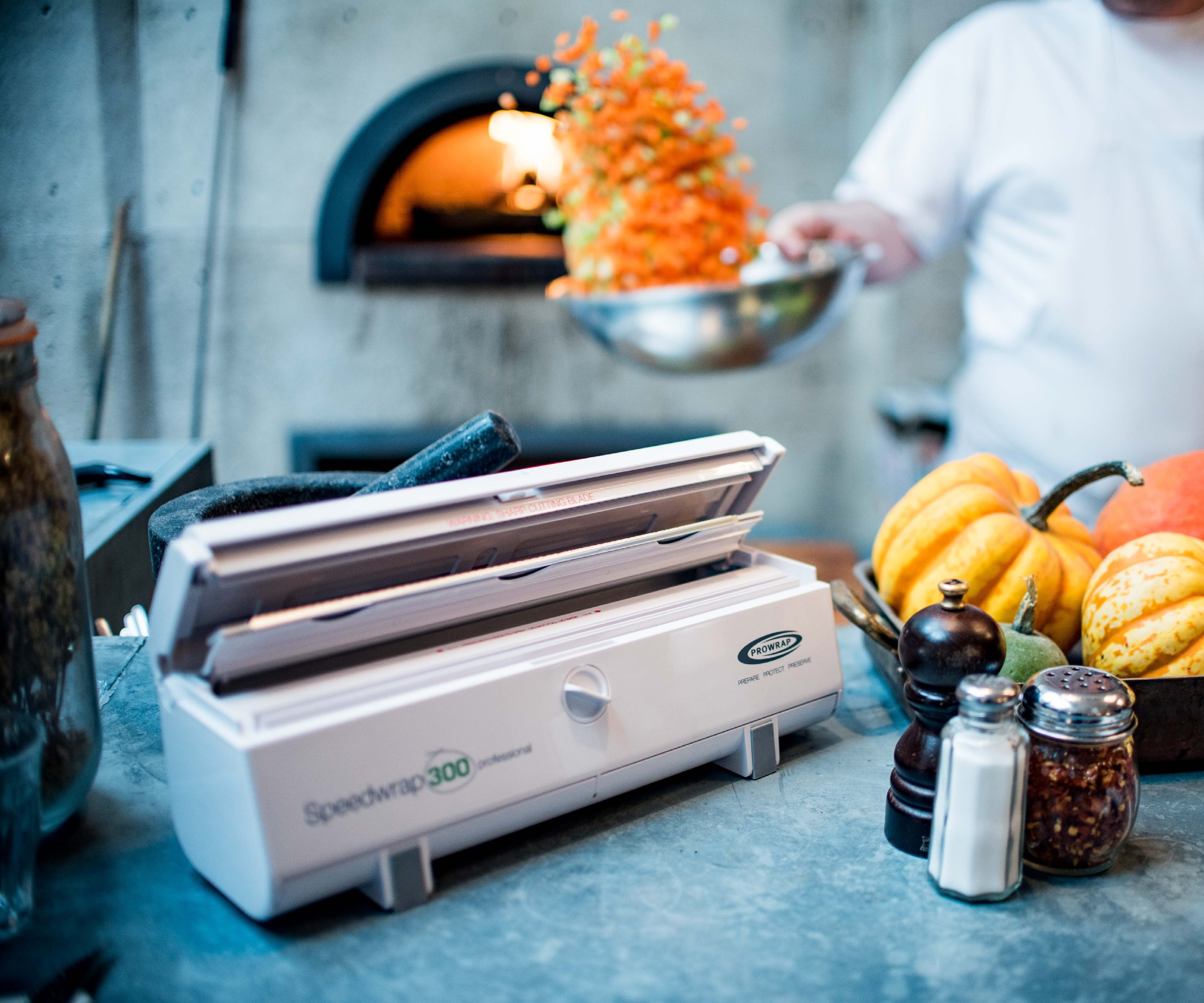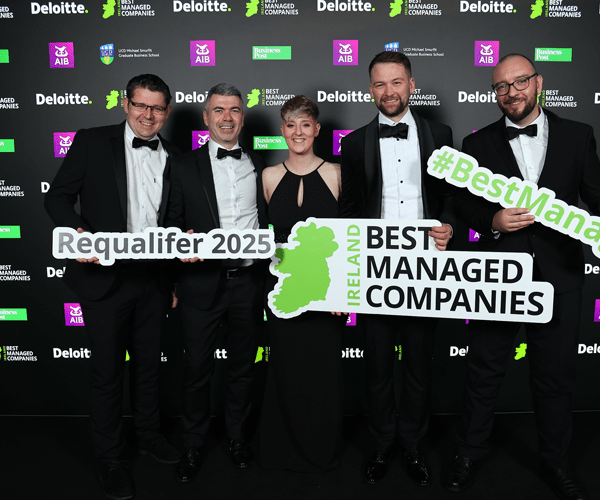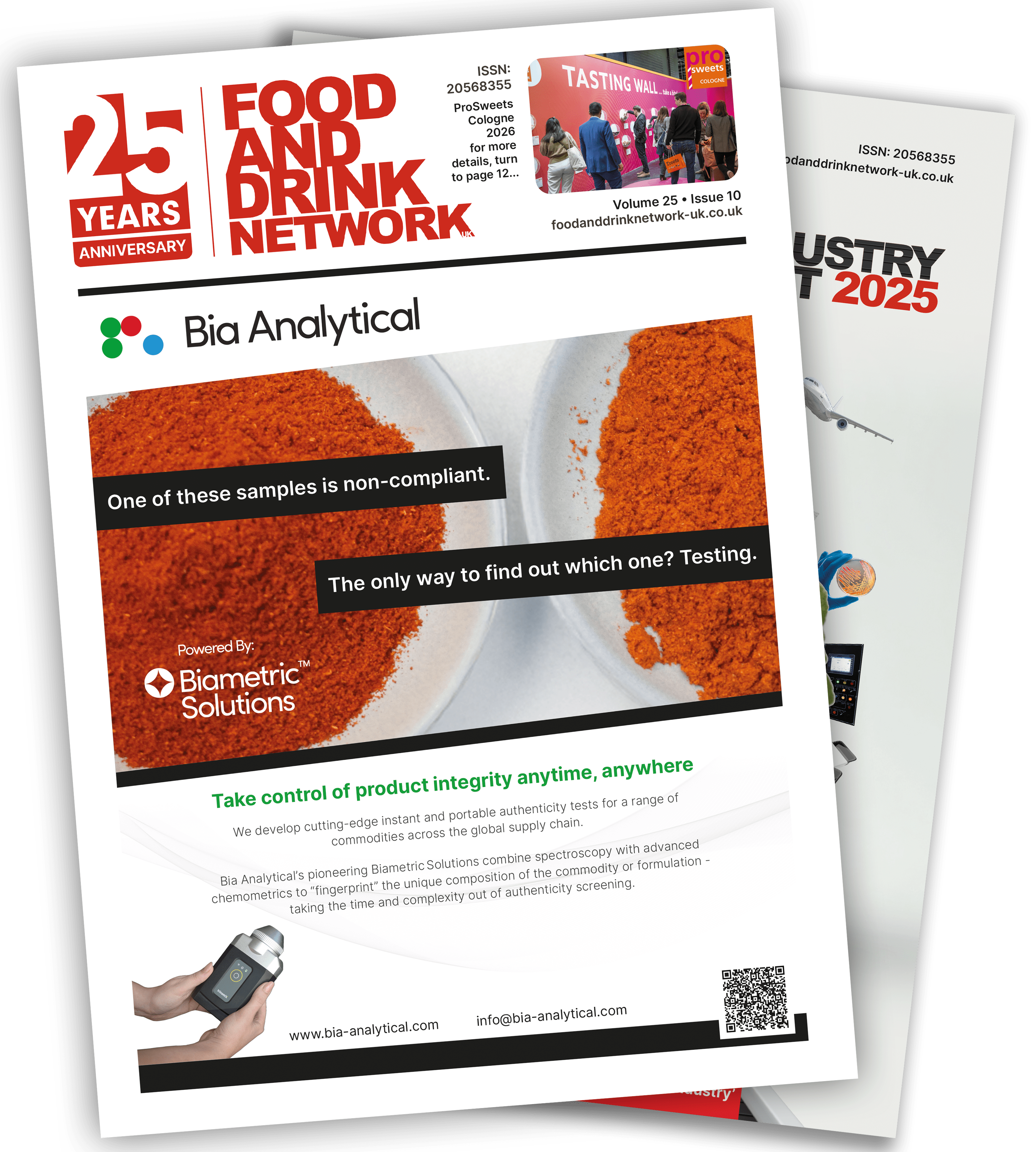Rachel
3/27/2025 9:35:40 AM
4 mins read
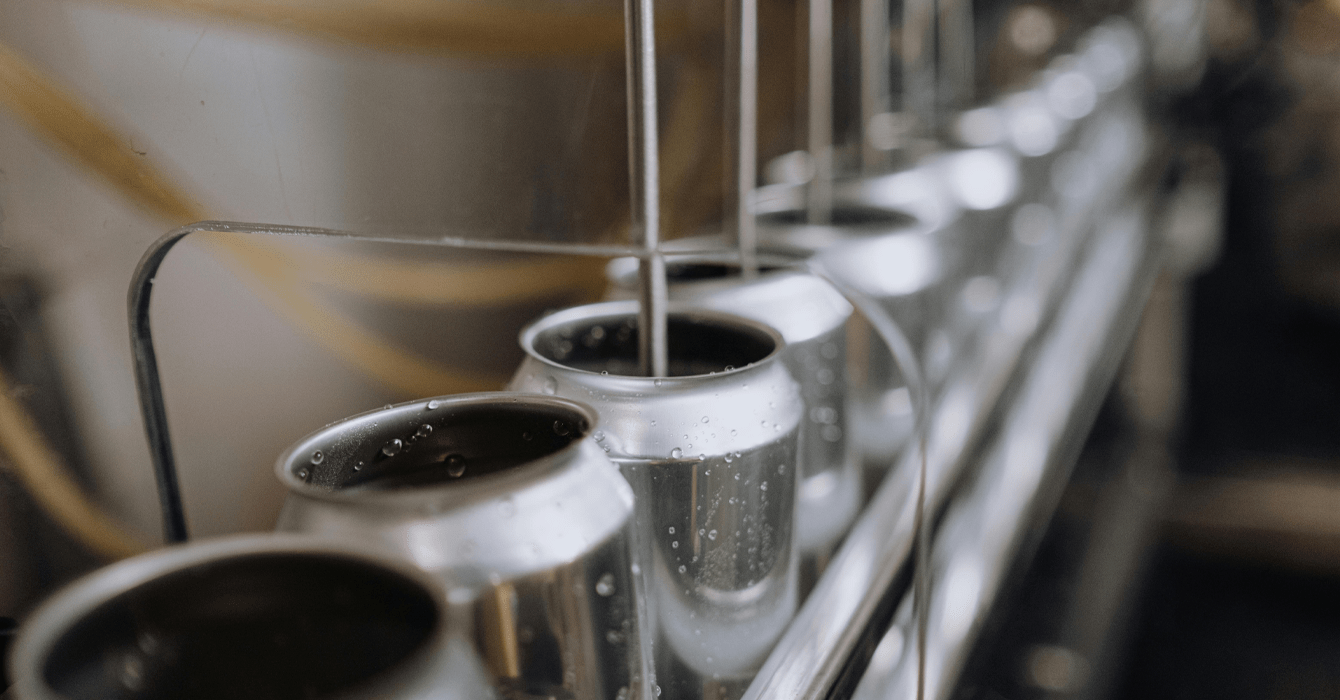
In a sector where there are lots of new entrants and new products coming to market all the time, food and drink businesses know that they need to be ready to scale their operations quickly and efficiently. But how should they prepare to scale and when should they move from planning to implementation?
The food and drink industry contributes an estimated £38 billion in GVA to the UK economy each year, according to the Food & Drink Federation, and it is recognised as the UK’s largest manufacturing sector. However, recent research shows that a further £14 billion of growth could be unlocked through investment in technology to drive productivity gains. Against the current backdrop of intense competition, cost volatility and shifting consumer preferences, businesses need robust planning tools to guide their decisions as they prepare for growth.
Ready to respond
Early-stage food and drink businesses must be ready for the unexpected. If they land a big order from a major supermarket or food wholesaler, they need to be confident that they can scale production to meet this demand. However, they also need to be conscious of what early success might bring. For example, competitors could look to replicate their product and undercut them on price, or the cost of a key ingredient could suddenly soar due to supply shortages. Being ready to respond to such challenges as and when they arise, whilst communicating openly across the end-to-end supply chain, is critical to building a resilient and profitable business model.
A key risk factor for businesses seeking to scale their operations rapidly is failing to forecast future demand accurately. Overcooking demand forecasts could leave them with excess inventory or a build-up of waste product, quickly eroding profit margins. Alternatively, undercooking demand forecasts could lead to missed delivery dates and disappoint key customers, potentially damaging the brand at an important stage in its lifecycle.
Ready for changes
Being one step ahead of shifts in the direction of travel for regulation and consumer preferences in a fast-changing industry can give businesses a competitive edge, especially when ramping up production. For example, Swedish oat milk company, Oatly, displays the carbon impact of each product on its packaging, recognising that this is what sustainability-conscious consumers increasingly want to see. The company even ran a successful marketing campaign about the initiative, called ‘Food industry – show us your numbers’. More food and drink businesses are now taking a similar approach, encouraged by the Packaging and Packaging Waste Regulation (PPWR), which took effect in February 2025, requiring all EU imported goods to be able to recycle their packaging in an economically viable way by 2030. Getting ahead of market and regulatory changes, and trusting what customer data is telling them, are essential for success.
Another way that food and drink businesses can demonstrate that they are leaders in cost-carbon efficiency is by ensuring that they fully understand their carbon footprint at both a process and product level. Focusing on delivering cost-carbon efficiencies across their Scope 1 and 2 emissions, for example, could bring significant benefits across the end-to-end supply chain. For example, in a sector where supermarkets and wholesalers are being challenged to reduce their Scope 3 emissions on the road to net zero, this information could have a particularly high value and help to strengthen customer-supplier relationships. This approach also sets a precedent for their own supply relationships too, supporting the reduction of their own Scope 3 emissions.
Signing up to the UK Food and Drink Pact, launched recently by WRAP, could be a useful consideration for businesses preparing to scale, giving them access to resources and case studies on how to reduce food waste, cut greenhouse gas emissions and manage water sustainably. There are also options for businesses with reduced resources. Embedding circularity at an early stage in the lifecycle of the business, will ensure it is ready to scale profitably when the time comes.
Better decisions in the moment
Developing digital toolsets built on accurate and reliable internal and external data can help businesses to make better decisions at key moments. It can also help to inform and prioritise investment decisions. For some established food and drink manufacturers, investing in a digital transformation programme and factory of the future technologies may not have been considered previously, especially if decision makers believe such investments are for large organisations only. Harnessing and analysing data can help businesses to make better decisions – for example, deciding whether to insource or outsource productionor services, and the tipping point at which it might be preferable to switch from one to the other. This type of rich data analysis and help businesses to scale with greater confidence and reduce their risk exposure. When investing to harness the power of data, businesses can’t afford to ignore associated risk factors, and the growing value attributed to all kinds of business data means it is important to invest in a cyber security at the same time.
Even businesses that are already using digital toolsets and automated systems to increase their operational efficiency, may struggle to assess the digital maturity of their production facilities. Trialling advanced technologies – for example, by creating a digital twin of an asset on the factory floor, could uncover some exciting possibilities to boost productivity to realise additional efficiencies, and improve operational resilience.
Growing in parallel
The complexity of many food and drink industry supply chains makes it vital that digital understanding and data visibility are shared and used to drive value across the end-to-end supply chain. Using simulation or other factory of the future technologies to improve the efficiency of a production process or function, and encouraging suppliers to do the same, can help to spread industry best practice and ensure that capability is enhanced in parallel.
Julie Neal, director, and Sabine Sayer, managing consultant at management consultancy, Vendigital.

